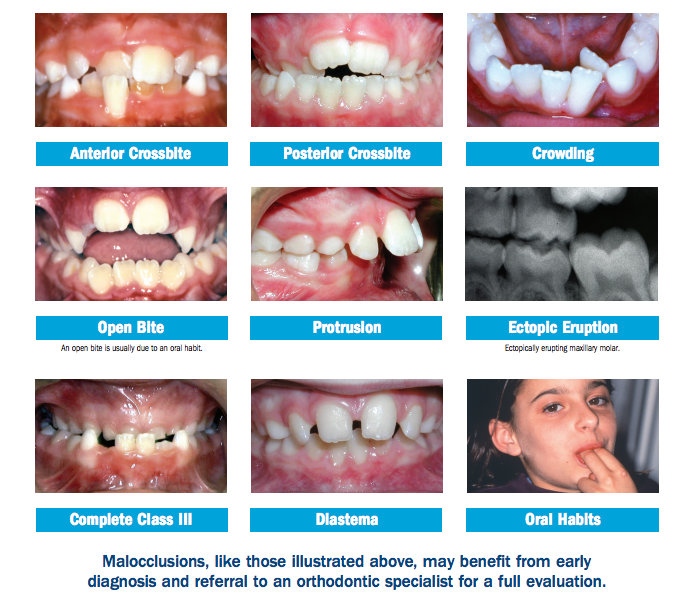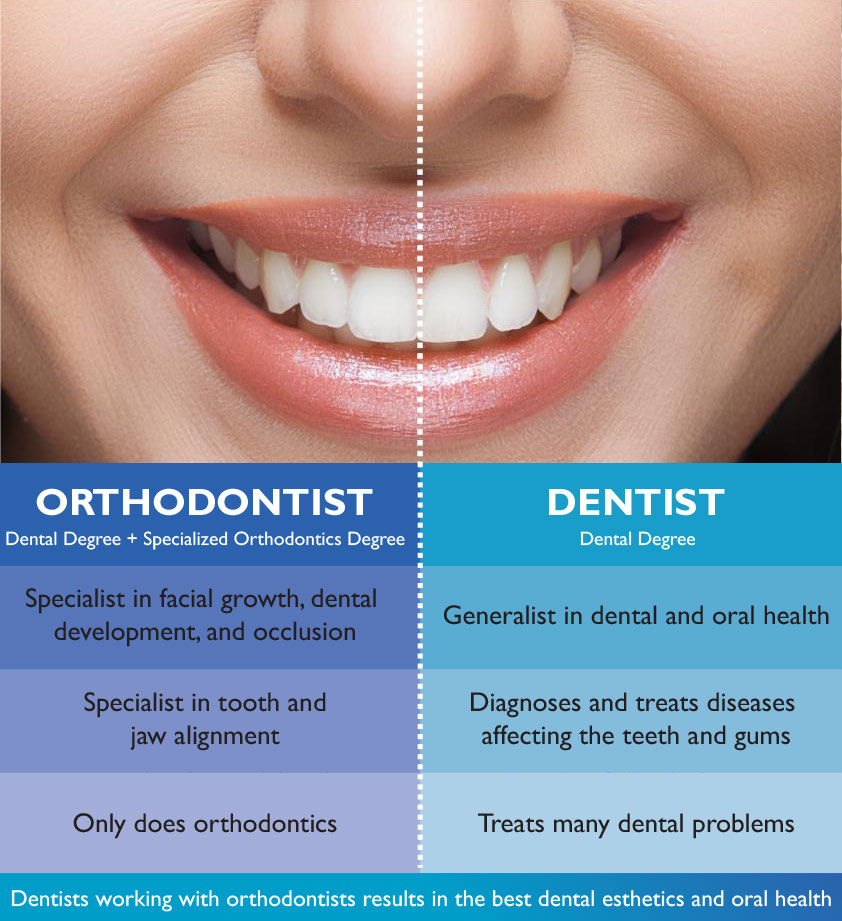Our Causey Orthodontics PDFs
Our Causey Orthodontics PDFs
Blog Article
A Biased View of Causey Orthodontics
Table of ContentsThe 2-Minute Rule for Causey OrthodonticsThe Best Guide To Causey OrthodonticsWhat Does Causey Orthodontics Do?Our Causey Orthodontics PDFsFascination About Causey Orthodontics
Neglecting occlusal connections, it was normal to eliminate teeth for a selection of oral problems, such as malalignment or overcrowding. The idea of an undamaged teeth was not commonly appreciated in those days, making bite correlations seem pointless. In the late 1800s, the idea of occlusion was necessary for creating trusted prosthetic substitute teeth.As these principles of prosthetic occlusion progressed, it ended up being an invaluable device for dental care. It remained in 1890 that the work and influence of Dr. Edwards H. Angle started to be really felt, with his contribution to contemporary orthodontics particularly notable. Initially concentrated on prosthodontics, he taught in Pennsylvania and Minnesota before guiding his focus towards dental occlusion and the treatments required to preserve it as a typical condition, therefore becoming understood as the "dad of modern orthodontics".

The concept of suitable occlusion, as postulated by Angle and incorporated into a category system, made it possible for a change towards dealing with malocclusion, which is any kind of discrepancy from typical occlusion. Having a complete collection of teeth on both arcs was highly sought after in orthodontic therapy as a result of the requirement for precise relationships between them.
Not known Facts About Causey Orthodontics
As occlusion came to be the key concern, facial percentages and appearances were neglected - Causey Orthodontics. To achieve optimal occlusals without utilizing exterior pressures, Angle postulated that having perfect occlusion was the most effective way to acquire optimal facial looks. With the passing of time, it ended up being rather evident that also a phenomenal occlusion was not suitable when thought about from a visual viewpoint
It came to be apparent that orthodontic therapy could readjust mandibular growth, leading to the formation of functional jaw orthopedics in Europe and extraoral force steps in the US. These days, both practical devices and extraoral devices are used around the globe with the goal of modifying growth patterns and forms. Pursuing true, or at least boosted, jaw partnerships had become the primary purpose of therapy by the mid-20th century.
Causey Orthodontics for Beginners
 The American Journal of Orthodontics was produced for this function in 1915; before it, there were no clinical goals to comply with, nor any specific category system and braces that lacked attributes. Till the mid-1970s, braces were made by wrapping metal around each tooth. With advancements in adhesives, it came to be feasible to rather bond steel brackets to the teeth.
The American Journal of Orthodontics was produced for this function in 1915; before it, there were no clinical goals to comply with, nor any specific category system and braces that lacked attributes. Till the mid-1970s, braces were made by wrapping metal around each tooth. With advancements in adhesives, it came to be feasible to rather bond steel brackets to the teeth.This has actually had purposeful impacts on orthodontic treatments that are carried out frequently, and these are: 1. Correct interarchal relationships 2. Correct crown angulation (tip) 3.
The benefit of the layout depends on its brace and archwire combination, which requires just marginal cable bending from the orthodontist or medical professional (orthodontist services). It's aptly named hereafter attribute: the angle of the port and thickness of the brace base ultimately establish where each tooth is positioned with little demand for additional manipulation
The Basic Principles Of Causey Orthodontics
Both of these systems used identical braces for each tooth and necessitated the bending of an archwire in 3 airplanes for locating teeth in their wanted positions, with these bends determining ultimate placements. When it pertains to orthodontic home appliances, they are split right into two types: removable and fixed. Detachable home appliances can be tackled and off by the person as required.

Therefore, nearly all contemporary set home appliances can be taken into consideration variations on this edgewise device system. Early 20th-century orthodontist Edward Angle made a significant payment to the world of dental care. He created four distinctive appliance systems that have been made use of as the basis for many orthodontic treatments today, preventing a couple of exemptions.
Little Known Questions About Causey Orthodontics.

The wire ended in a thread, and to relocate forward, a flexible nut was used, which permitted for an increase in circumference. By ligation, each specific tooth was attached to this large archwire (orthodontist services). As a result of its limited series of activity, Angle was incapable to accomplish accurate tooth positioning with an E-arch
These tubes held a soldered pin, which could be rearranged at each consultation in order to move them in place. Called the "bone-growing home appliance", this contraption was supposed to urge healthier bone development because of its potential for moving pressure directly to the origins. Implementing it verified bothersome in fact.
Report this page